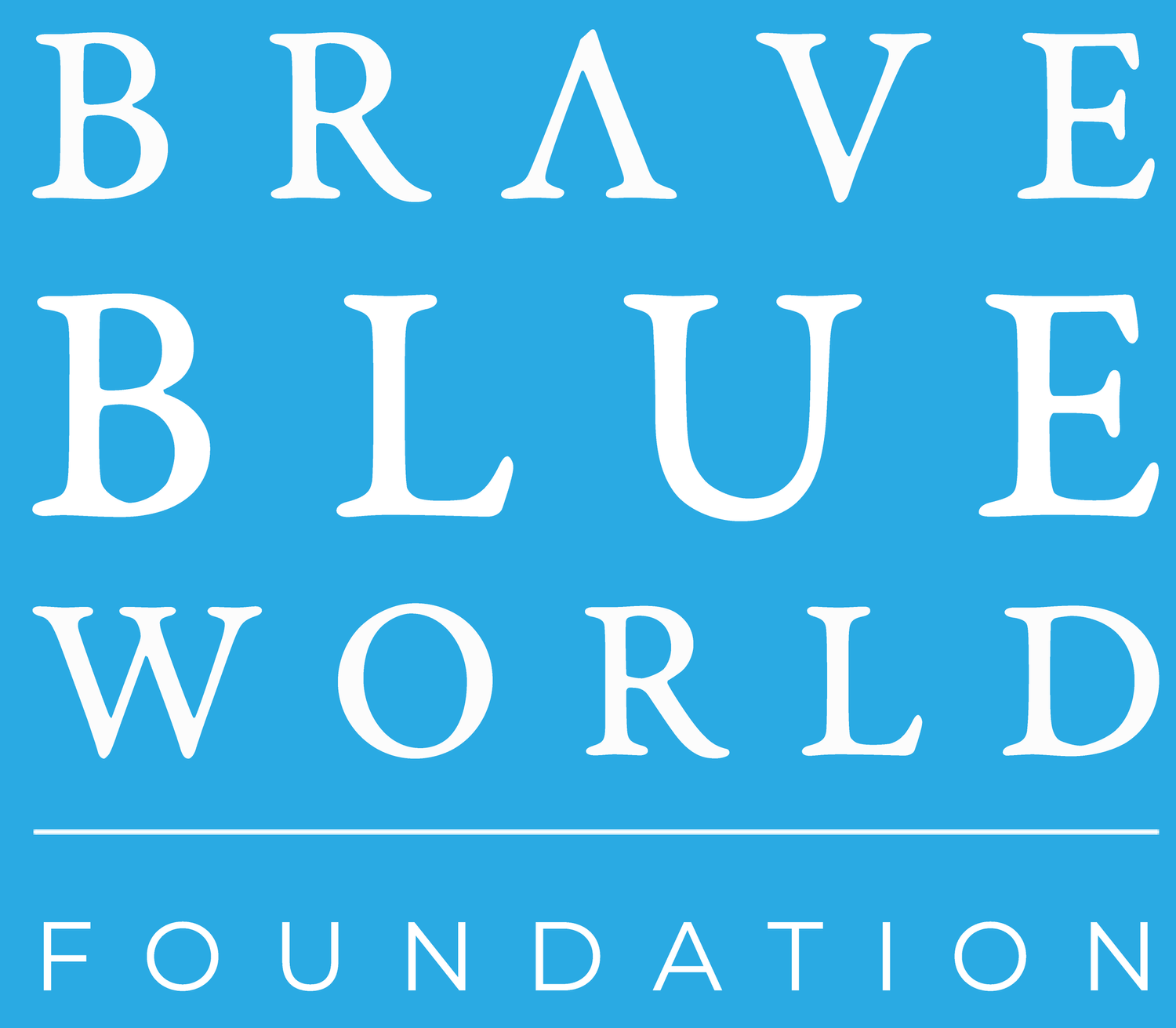Honey I Shrunk The Toilet
Ahead of World Toilet Day, the Bill and Melinda Gates Foundation recently held the Re-Invented Toilet Expo in Beijing. This was a debutante coming-out party, an unveiling of the results of eight years and $200 million of research and development into re-invented toilets and un-sewered sanitation.
It was a water technologist’s dream, with everything imaginable, all combined and in perfect miniature size. It was like a scene from ‘Honey I Shrunk the Kids', or ‘Downsizing’.
At times it felt more like I was looking under the hood of a Formula 1 Ferrari than at the inner workings of a toilet, albeit a re-invented toilet.
Re-invented toilets have become a kaleidoscopic cornucopia of water technology innovation, assembled in a glittering array of combinations and permutations.
There was pyrolysis, hydrolysis and electrolysis. If that wasn’t enough, there was electro-oxidation, biological oxidation and supercritical water oxidation. If heat-based processes took your fancy, there was smouldering, drying, hydrothermal carbonisation and incineration. There was even membrane distillation and ultrafiltration (UF) membrane filtration. It was all there.
There was even a fragrance and flavour company, Fermenich, to help deal with the social and experiential side of toilet reinvention by dealing with odour.
In every sense this has been very much a moon-shot, a grand challenge.
As the Gates organisation team themselves noted, it doesn’t matter if any one of the technologies they have sponsored succeeds. If the overall effect is to catalyse a new market for un-sewered sanitation, then the investment will have been worthwhile. A new ISO standard has even been rolled out, ISO 30500 for Non-sewered Sanitation Systems.
There is a now dichotomy emerging that recognises that for this to succeed, it needs to be market driven and market led. The Gates Foundation is restricted in its ability to fund for-profit entities and yet to succeed and scale, the companies offering these solutions need to be part of a functioning market. There is talk of a two-tier market emerging, analogous to vaccines. Where a company can offer a solution to high-end of the market at one price point and offer it to bottom of the pyramid, or lower income demographics at a different price point.
Stand-out exhibitors included the Cranfield University Nanomembrane Toilet, the Duke University SHE and new supercritical water oxidation spin-out 374 Water, from Switzerland, the EAWAG Autarky, the Sedron Omni Processor, Tide Technocrats and Bristol Bioenergy centre spin-out Robial, which treats urine and generates electricity from this process.
There was a lot of talk about costs, and efforts to focus the conversation, not on where the costs are today for the first prototypes, but where they could go. The capital cost estimates for single family units ranged from single digits thousands to tens of thousands, with non-sewered community systems in the low hundreds of thousands.
The goal for the Re-invented toilet is to reach a stage of mass manufactured products, like say a washing machine.
Key takeaways
1. Treating human wastes on-site is complex.
Without wishing to state the obvious, treating human wastes on-site is complex, more complex than say, a washing machine. What seems intuitive, to separate urine from faeces, quickly starts to create complexity, as this then creates two or three separate and very different waste streams involving distinct unit processes.
The goal of creating a white-good type appliance is technically possible; the key will be how robust it is and the level of maintenance required. The mass market would largely take care of the capital costs.
2. Local treatment onsite of urine combined with semi-centralised treatment of solids seems to be the best practicable option.
Companies such as Tide Technocrats may have some of the most practicable solutions where it creates semi-centralised community scale treatment systems. They estimate they can get a system up and running in India for $200,000 in six months that can treat 15 tons per day of faecal sludge and septage. This involves drying, pyrolysis and produces a biochar as a solid amendment product.
3. There is rapidly growing un-met need in the market for sanitation and treatment of human wastes arising from sanitation.
This market opportunity is too large to ignore. There will be two billion additional people added to cities between now and 2030, most of these in Africa and Asia. Benjamin Franklin is famously quoted as saying “the only certainties in life are death and taxes.” I think we can add to that the fact that a human being produces about a half a kilogram of solids and two litres of urine per day. If you multiply that by two billion, that's an addressable market, where increasingly there is an ability to pay, albeit a gap in terms of the governance structures that would allow the centralised model to be implemented.
4. The disruptive innovators are not incumbents.
What was interesting was to see the companies that have been involved so far. Aerospace engineering firms like Janiecki, Swiss Engineering firms like Helbling, Duke University partnered with companies that provide camping equipment or equipment for the military. Disruptive innovation is generally likely to come from the outside, and this is a case in point.
So should the large water technology companies be concerned that their market will be disrupted? Not so much in terms of their existing markets: these will always be a large market for centralized systems. Yet in what is a largely flat and mature market, the possibility of an alternative set of business models and new paradigm emerging is certainly something that has be monitored and tracked.
5. Consider the PC.
Speaking at the event, Bill Gates drew an analogy based on his own experience of helping bring the concept of personal computing to the mass-market. He was often told when he set out that it was impractical; that large mainframes were the only viable option. Can we compare today’s grid-connected toilet to the mainstream computer?
Cranfield Nanomembrane Toilet, Bill and Melinda Gates Foundation, Beijing
Bill and Melinda Gates Foundation, Beijing


